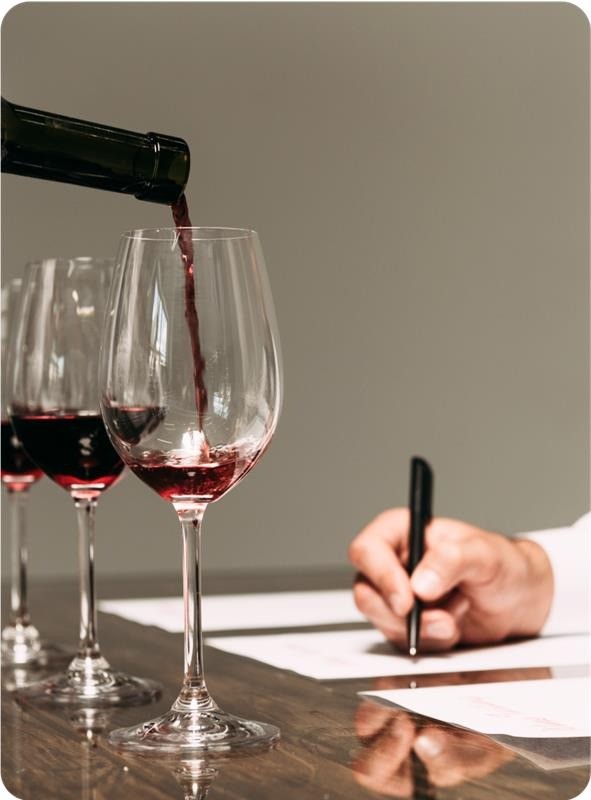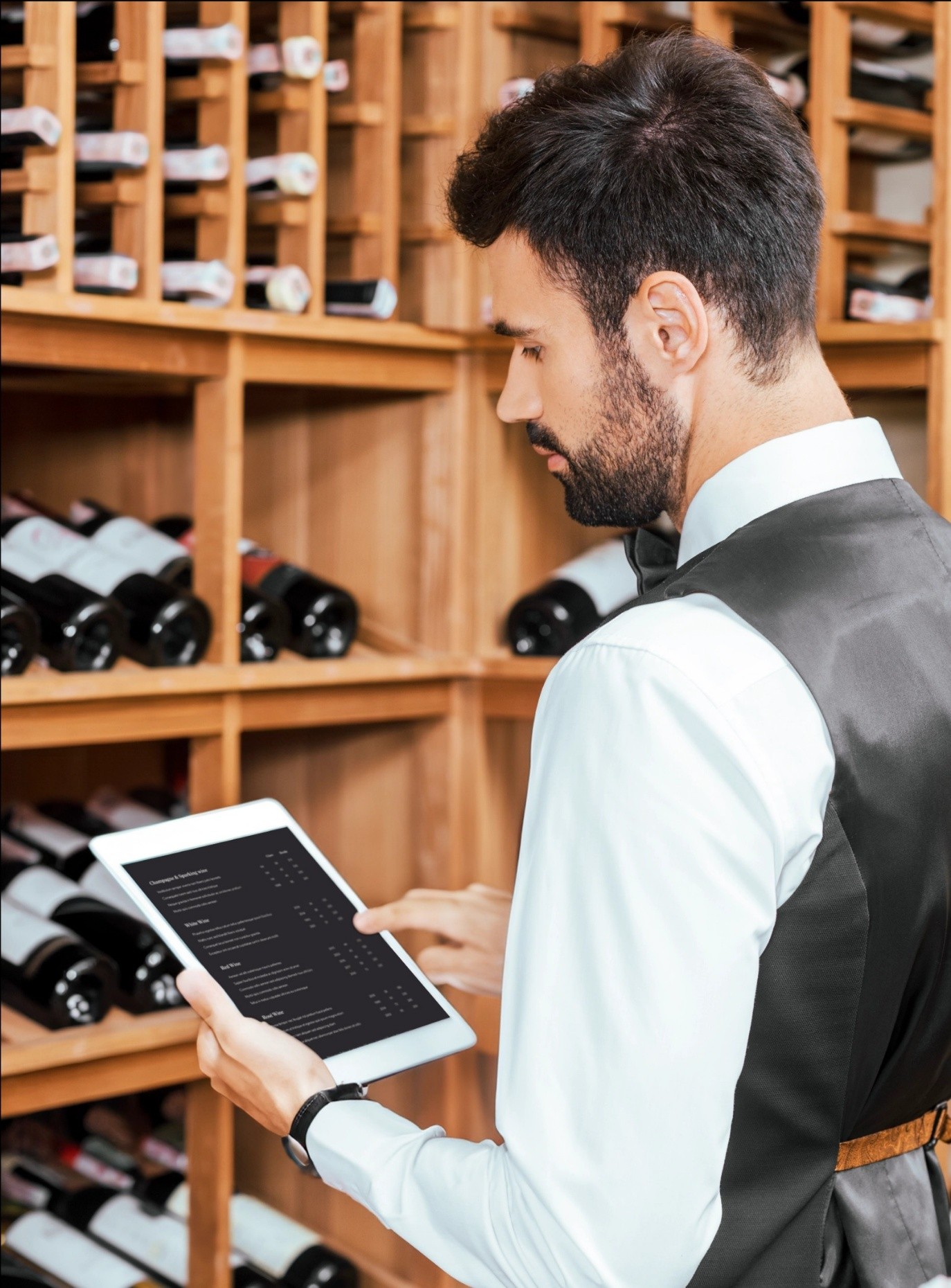
The Role of Software in Compliance and Quality Control for the Wine Industry
January 6, 2025
Winery Management
UNDER THIS BLOG
Like many other industries, the wine business is rapidly changing due to digitalisation. Software solutions are essential as vineyards, wineries, and distributors strive to meet legal requirements and guarantee premium quality. Effective methods for compliance and quality control are required due to the increasing complexity of international standards and the demand for reliable, high-quality products. Here are some ways that software solutions are improving the operations of the wine industry:
1. Simplifying Compliance with Regulations:
For wineries, adhering to regional, governmental, and global rules is a major task. These rules address a wide range of issues, including labelling specifications, ingredient traceability, and compliance with environmental legislation. Software platforms are now essential tools in this situation.
Wine industry-specific software systems offer real-time data tracking and documentation, guaranteeing that all production stages—from grape cultivation to bottling—comply with legal requirements. Compliance management software, for instance, can monitor pesticide use in vineyards, automatically generate reports for regulatory bodies, and make sure labelling complies with local laws such as the US Alcohol and Tobacco Tax and Trade Bureau (TTB) standards or the EU's Protected Designation of Origin (PDO).
Wineries may ensure accuracy, cut down on human error, and save time by digitising these procedures instead of relying on handwritten paperwork. A centralised approach for monitoring compliance also lowers the possibility of penalties and legal repercussions from overlooked deadlines or unreported problems.
2. Improving Quality Assurance:
The reputation and financial profitability of a brand are directly correlated with the wine's quality. Software-driven QCS systems give producers instantaneous production insights, assisting vintners in maintaining consistency and quality throughout batches.
Systems known as quality management systems (QMS) keep an eye on things like bottling conditions, cellar humidity levels, and fermentation temperatures. They have the ability to identify departures from the ideal circumstances, enabling prompt remedial action. These technologies also help winemakers optimise their procedures so that every bottle has the intended flavour profile by gathering and evaluating historical data.
Furthermore, software solutions that use sensor-based technologies are able to monitor the chemical composition of wines while they are being produced. This guarantees the exact ratio of alcohol, acidity, and tannins—three important characteristics that determine a wine's excellence. Software can monitor water usage, waste management, and energy consumption in line with the emerging trend of sustainability in winemaking, which promotes both environmental responsibility and product quality.
3. Transparency and Traceability:
Traceability is becoming an essential component of quality control in a more open market where customers want to know the provenance and methods of wine production. End-to-end traceability is made possible by software tools, which track grapes from the vineyard to the bottle on the shelf.
Every stage of the production process, including the procurement of grapes, fermentation procedures, ageing, and packaging, is tracked by these systems. This guarantees adherence to food safety laws and enables vineyards to furnish customers with comprehensive details regarding the wine's provenance. For instance, tamper-proof records of every step are being provided via blockchain-based traceability systems, raising the bar for accountability and trust.
4. Supply Chain and Inventory Management: Wine quality and availability are contingent upon effective supply chain and inventory management. Inventory tracking can be automated by software platforms, guaranteeing that materials and ingredients are kept in ideal conditions and consumed before their quality degrades.
With the use of machine learning algorithms, predictive analytics can forecast demand from past sales data, assisting wineries in optimising their production schedules and inventory levels. This lowers the possibility of stockouts, overproduction, and waste, all of which can lower the quality of wine that is supplied to customers.
Furthermore, wine distribution is made more efficient by logistics software, which guarantees that bottles are stored and delivered in a way that maintains their quality.
5. Consumer Input and Market Adjustment:
In the current market, product offerings are greatly influenced by consumer preferences and feedback. Wineries can use software systems to collect and evaluate consumer feedback, which enables them to modify production to satisfy demand.
Trends, such preferences for particular wine varietals or styles, can be found by aggregating and analysing data from social media, online reviews, and point-of-sale systems. Because of this feedback loop, wineries are able to respond to market needs rapidly and maintain their competitiveness while continuously producing high-quality products.
Software will play an increasingly important role in compliance and quality control as the wine business develops. Software solutions are helping wineries stay competitive by guaranteeing traceability, optimising supply chains, improving quality control, cutting down on regulatory procedures, and responding to market changes.
Discover More

December 4, 2025
Winery Management
Smart Growth with Square Integration Winery Software
The winery of the future will not be defined by stainless steel alone. It will be shaped by clarity, mobility, and systems that intuitively connect every decision from vineyard blocks to point-of-sale interactions. I have seen how this shift looks in practice, and it begins the moment everything moves under one intelligent digital roof.

October 17, 2025
Winery Management
Enhanced Operations with Cloud-Based Winery Software
Efficiency in winemaking today is no longer defined by the size of a vineyard or the scale of production, but by how intelligently data is managed and leveraged. A cloud-based winery software brings that intelligence to life, giving teams the freedom to work from anywhere, reduce errors, and make decisions grounded in real-time insight.